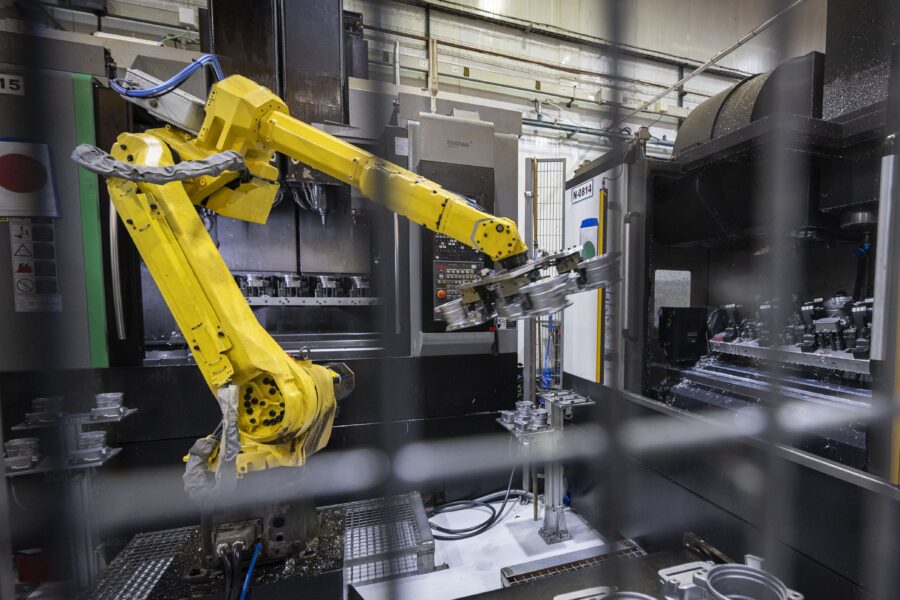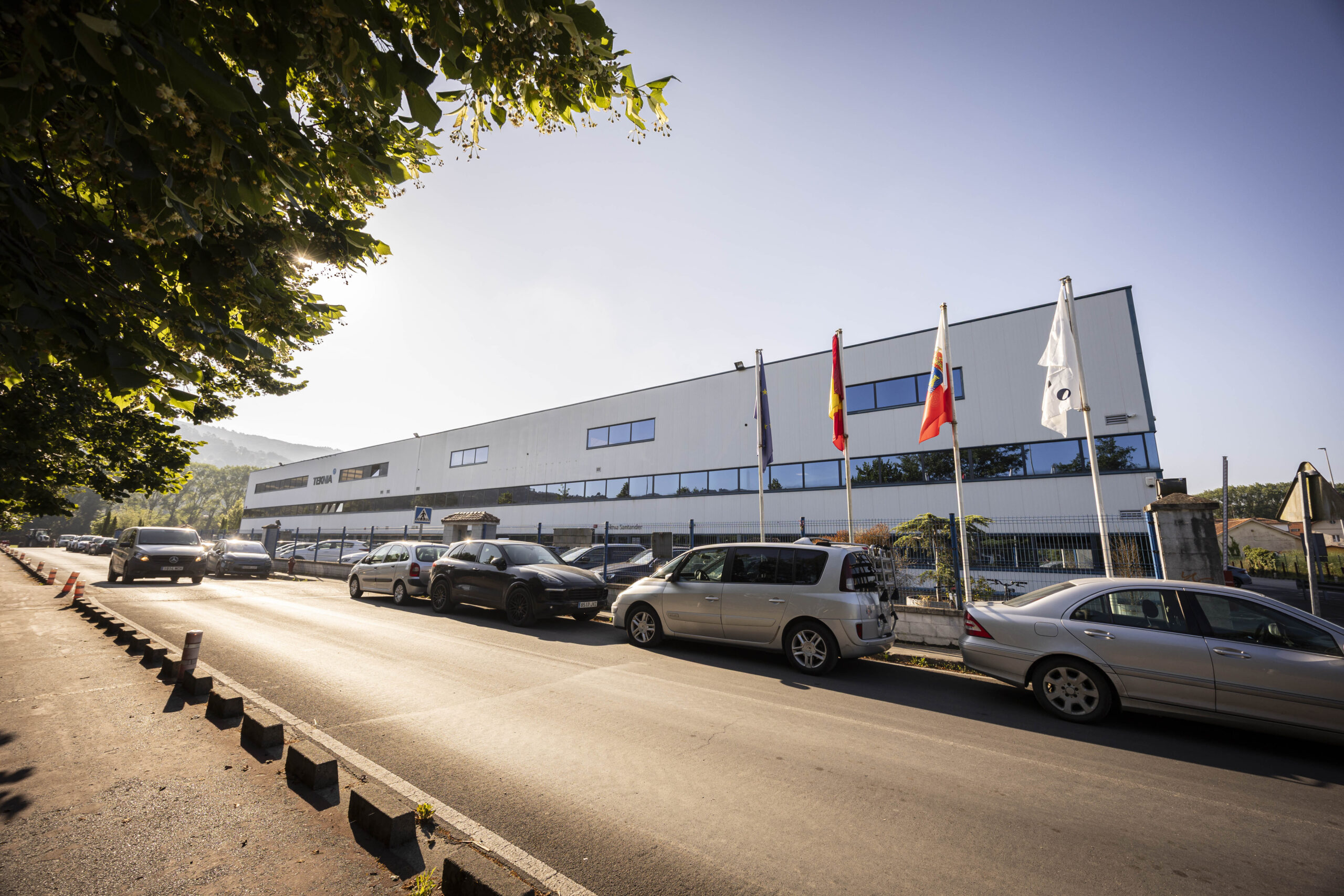Servohousing, an Essential Component in New Steer-by-Wire Steering Systems

Technological advances are constantly changing the way we drive a car. Comfort, safety, efficiency, and digitalization make the driving experience increasingly rewarding. In this context, one of the most recent and exciting innovations in the automotive industry is the Steer-by-Wire technology.
Essentially, this system represents a fundamental change in how we interact with a vehicle’s steering. Electronics take centre stage. As a leader in the manufacturing of technological components, Teknia has taken on a project to produce a key product for Steer-by-Wire steering systems: the servohousing. Join us as we take a closer look at these latest advancements.
Steer-by-Wire Steering Systems
Steer-by-wire is a steering system in which the steering wheel and the wheels are not mechanically connected; instead, commands are transmitted electronically through sensors and actuators. A series of sensors, actuators, and various electronic systems control the movement of the wheels. As a result, several components are eliminated, and multiple benefits are achieved.
In this type of steering, when the driver turns the wheel, sensors detect the command and send an electric signal to the actuators, which then move the wheels. These actuators are electromechanical devices. Depending on the vehicle, an electronic control unit can adapt the steering response to different factors for example, driving conditions.
When driving at low speed, the steering ratio changes to enhance maneuverability. As speed increases, it readjusts to provide greater firmness and stability. In this situation, the level of electric assistance may vary depending on the circumstances. However, it is important to note that the steering speed and the number of turns from lock to lock remain constant.
The Key Role of Electronics
Steer-by-Wire steering systems offer numerous advantages in terms of efficiency, safety, and comfort:
- They are easily adaptable, allowing adjustments to different driving styles and safety features for example, for drivers with disabilities.
- They enable better integration and interconnection with safety and driver assistance systems (ADAS).
- Their use is independent of the vehicle type or mechanics.
- They do not entail a significant increase in power consumption compared to electric power steering.
- They reduce overall weight by requiring fewer components, which improves vehicle efficiency.
- They eliminate vibrations from mechanical components and use very quiet motors, thereby enhancing driving quality.
In short, replacing the entire mechanical assembly that connects the steering column with the rest of the vehicle with electronic components represents significant cost savings not only in development but also in maintenance. What is essential, however, is that all electronics are properly protected to ensure their durability.
For this reason, the servohousing produced by Teknia is a key component in both current and future vehicles. Falling within our Driving Comfort product category, it is an innovative solution with demanding quality and specialization requirements. Without a doubt, thanks to its characteristics, it stands as a clear example of our industrial and technological spirit.
Servohousing, a Key Component Developed by Teknia
As expert multi-technology automotive component manufacturers, at Teknia we rely on aluminum die casting for the development of the housing used in the steering system electronics. Through this technique, pre-melted aluminum is processed in a high-pressure die-casting machine.
This injection process is carried out at very high temperatures, using a mold with the desired shape of the part. Depending on the alloy used, temperatures can reach up to 1,000 °C. Once the casting is complete, the component is cleaned to remove excess material and prepare the surfaces.
The final step is the machining process, which allows us to achieve the required shapes and tolerances demanded of the housing. Teknia carries out aluminum die casting at its plants in Ampuero (Spain), Oradea (Romania), Tepeji del Río (Mexico) and Vimmerby (Sweden).

Teknia Ampuero plant (Spain)
This project joins other important ones for aluminium technology facilities, such as the power inverter housing at the Spanish Plant. Currently, a gearbox cover with servohousing is also being industrialized in Tepeji del Río. This is a highly interesting project for the plant, which is set to become a specialist in this type of product and could soon expand its production volumes.
Aluminium and magnesium casting and machining technologies, due to their superior characteristics compared to other materials, are becoming increasingly relevant in the manufacturing of vehicle components especially for electric vehicles. Thanks to this, Teknia is well-prepared for the future, offering comprehensive mobility solutions to customers worldwide.
Interested in our Press Kit?


